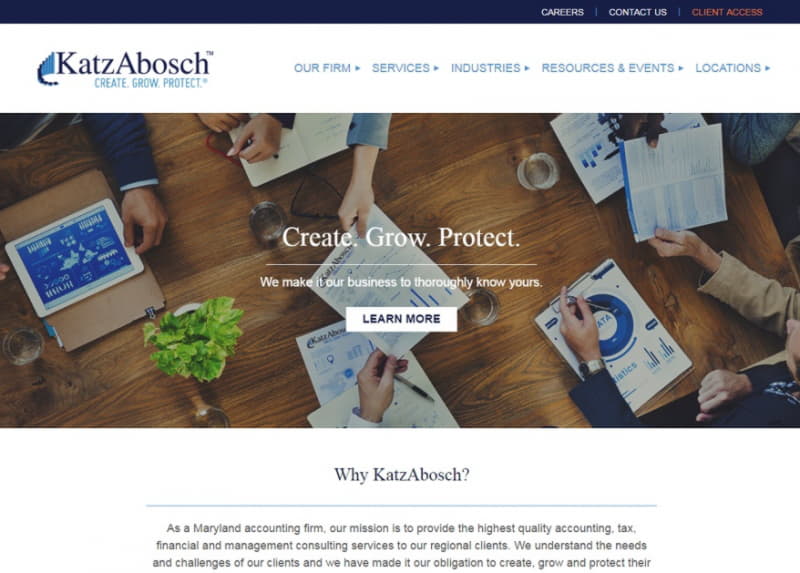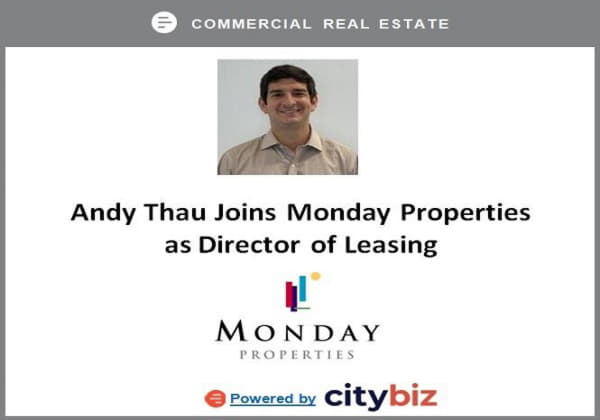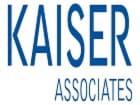
Patrick Sutton
Click here for Part II & Part III
Bringing a signature, elegant design sensibility to luxury properties in Baltimore and beyond
Patrick Sutton is the owner of Patrick Sutton. One of Baltimore’s premier interior designers, Patrick has earned recognition for his stylish and sophisticated interior designs for residential and hospitality properties throughout the world. His design studio, Patrick Sutton, has designed the interiors of Tudor homes, private jets, restaurants, shopping centers, theaters, and luxury hotels such as Under Armour CEO Kevin Plank’s recently-opened Sagamore Pendry Baltimore—where citybizlist interviewed Patrick for this interview. The designer spoke with us about his childhood, his work with Kevin Plank, and his hopes for Baltimore’s future.
EDWIN WARFIELD: You were born in New York to a travel journalist and fashion model. What motivated you to pursue a career in design, and how did you end up in Baltimore?
PATRICK SUTTON: You don’t know it when you’re in it, but I had a storybook childhood. My father was a fairly famous and prolific travel journalist back in the late 50s and 60s, when I came around, and one of the great things about being a travel journalist then was you were really treated like royalty. I spent my formative years traveling all over the world, seeing the world’s most beautiful places, staying in the world’s finest hotels; beautiful palaces. One of the things that I remember is that while my parents were being wined and dined by public relations people, I would get bored, and I would just start wandering and exploring, and all of those things that you see—like, for example, in Villa d'Este in Lake Como, which is the story beautiful hotel on the lake, has this incredible portions, and architecture, and gardens—and I would just wander the grounds and my mind was being filled with all these incredible stories about architecture and design.
Later in life, when I was about 16 years old, I had a choice between electives: home economics or architectural drafting—seemed like an easy one to make at the time. I started taking this architectural drafting course, and my teacher recognized that I had the ability to see things in my mind three-dimensionally. He became a bit of a mentor and he said, “Look Patrick, you have a rare talent in the sense that you can see things. You should really explore that. There is a program at Harvard called Career Discovery in Architecture during the summer—why don’t you give it a shot?” I went and I became hooked, absolutely hooked. So, at 16, I knew what I wanted to do.
From there, I don’t how, but I somehow got myself enrolled at Carnegie Mellon University’s Architectural program. While in Carnegie Mellon, the drawings were coming right out of my pen so easily, and I didn’t know why then—I just felt that I had talent—but really what it was, was that I was able to focus all of that stuff that had been sealed in my mind as a child; all these palaces and places that I had been to were just coming right out of me. So, I was successful there.
I mentioned earlier my father was sort of a grand impresario in New York, so rather than going back to New York when I graduated from college, I wanted to make my own way. I was recruited by a couple of firms in Washington, DC; went to Washington, felt it was not really for me—the town didn’t feel like it had the soul that I was looking for. One of the firms that was pitching me said, “Well, listen, we’re headquartered in Baltimore. It’s only about 45 minutes up the road. Why don’t you give it a shot?” I came to Baltimore—this was 1985—and I said, “it looks kind of charming—I’ll give it a year,” and I’m still here.
When I came to Baltimore, I had an architectural practice. First, I actually came to work in a very large corporate firm and I realized quickly, like within nine months, that I’m not a corporate guy; I’m probably just too creative—not that there aren’t creative people in corporate firms—but for me, I needed something smaller and something more hands-on. I joined forces with a small residential architectural firm. After a number of years, I became a partner there, and then after a number of years from that, my partner who was about 20 years older than me, was sort of going in divergent directions, and I decided to start my own thing.
We did our own thing, and I formed Patrick Sutton, which was fundamentally an architectural firm. As I was designing these projects I felt that there was something missing. That formation was, I guess, 1994. I was designing these houses for wealthy clients and then they were being handed over to other interior designers, and it was like my heart was being ripped out of my chest. I think what I learned from that process was that you look back on your career and you try to understand what were the formative things that make you think the way you think: as the son of a storyteller—my father was literally a storyteller—I was crafting, when I was designing these homes for my clients, I was crafting a story for them. And to be complete in the story—if you’re a novel reader, you’ll know that any great novel captures your attention because of the quality of its details—and so in order to form a complete experience for my clients, I needed to be more engaged in the interiors. Where most architects would be walking along the site with their clients and saying, “Where would this building make its grandest impression on the land?” I was thinking about: “What are the dinner parties going to be in this house? What are they serving? What are the napkins? What are the draperies? Who’s on the guest list?” It was really more about the story that was being told. And I think at that point I started to realize I needed to be much more engaged in interiors, so I started doing architecture and interiors, and then slowly over time, the architecture sort of just dropped out, and I became focused on interiors.
Connect with Patrick on LinkedIn
Sponsored by:
Founded in 1969, KatzAbosch is one of the largest CPA and business consulting services in the Mid-Atlantic region. Our mission is to provide the highest quality accounting, tax, financial and management consulting services to our clients. We understand the needs and challenges of our clients and we have made it our obligation to create, grow and protect asset value. The experts at KatzAbosch offer a full service solution while maintaining a tradition of ethics and incorporating the latest technology and unique business practices. Excellence in an industry often begins with how those closest to the company—its clients and employees—feel about it. For these individuals, KatzAbosch is a place where people and businesses excel and prosper. Our advisors can meet all of your service needs including; Audit & Accounting, Business Valuation & Litigation Support, Consulting, Estate Planning & Administration, Financial Institution Services, Forensic Accounting & Fraud Examinations, State and Local Tax (SALT), Taxes & Planning.


Edwin Warfield, CEO of citybizlist, conducts the CEO Interviews.
If you're interested in reaching CEOs, please contact edwin.warfield@citybuzz.co
Connect on LinkedIn

















